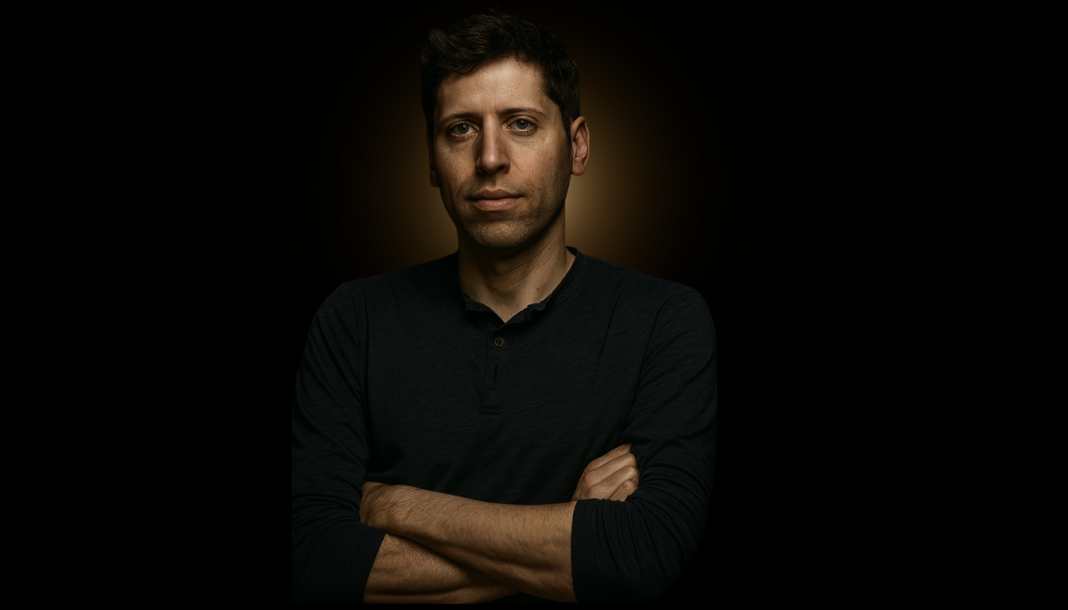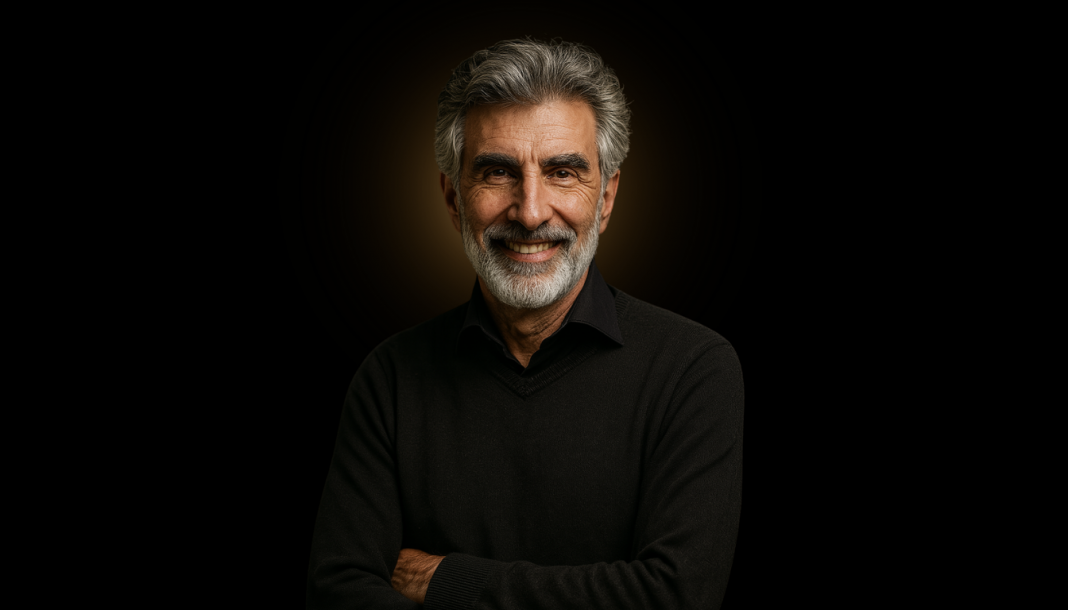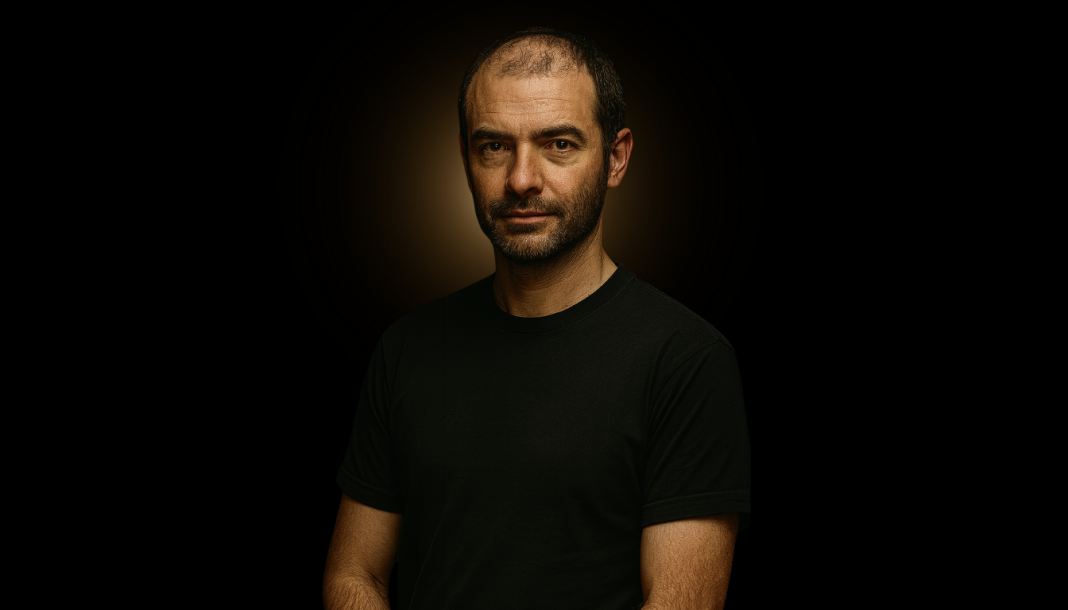In the annals of technological disruption, some figures are inventors, the meticulous researchers who discover a new principle in the quiet of a lab. Others are engineers, the brilliant builders who turn that principle into a functioning machine. And then there are the catalysts—the rare individuals who take that machine, place it in the hands of the entire world, and in doing so, fundamentally alter the course of history. Sam Altman, the co-founder and CEO of OpenAI, is the undisputed catalyst of the generative AI revolution.
He is not a traditional AI researcher. He did not invent the neural network or pioneer the algorithms that power today’s large language models. Instead, his genius lies in a different domain: a breathtaking combination of vision, ambition, capital orchestration, and an almost preternatural sense of timing. He saw the latent power simmering in the world’s AI labs, recognized its world-changing potential before almost anyone else, and made it his mission to accelerate its arrival.
Through OpenAI, he has pulled the future into the present at a speed that has left society both exhilarated and terrified. The launch of ChatGPT was not merely a product release; it was a global event, a singular moment when millions of people, for the first time, had a direct, conversational experience with a powerful, alien intelligence. Sam Altman didn’t invent the fire, but he was the one who took it from the gods and gave it to the masses, starting a blaze that now threatens to consume and reshape every aspect of modern life.
From Y Combinator to the Apex of Ambition
To understand Sam Altman’s approach to AI, one must first understand his background as a kingmaker in the heart of Silicon Valley. After dropping out of Stanford’s computer science program, he founded a location-based social networking company called Loopt, which he later sold. But his true ascent began when he took the reins of Y Combinator (YC), the world’s most prestigious startup accelerator.
As president of YC, Altman was not just an investor; he was a master strategist and talent scout. He mentored the founders of future giants like Airbnb, Stripe, and Dropbox, developing an unparalleled instinct for identifying transformative ideas and the obsessive, driven individuals capable of executing them. He operated at the epicenter of technological ambition, constantly scanning the horizon for the next big wave. This experience honed his skills in capital formation, narrative crafting, and recruiting world-class talent—the very skills that would prove essential for his next, far grander project.
During his time at YC, he became increasingly convinced that Artificial General Intelligence (AGI)—an AI with cognitive abilities surpassing those of humans—was not a distant sci-fi fantasy, but an achievable and perhaps imminent technological outcome. He also believed its creation held both the greatest promise and the greatest peril for humanity. He felt that such a powerful technology should not be developed in secret by a single for-profit entity like Google or a government agency. It was too important. It needed to be guided by a mission to benefit all of humanity.
This conviction led him, in 2015, to co-found OpenAI with a group of other tech luminaries, including Elon Musk. They launched it as a non-profit research lab with a billion-dollar pledge and a noble charter: to build AGI safely and ensure its benefits were broadly distributed. It was an audacious, almost utopian project, born from the unique culture of Silicon Valley, where immense wealth is often paired with a sincere, if sometimes naive, desire to solve humanity’s biggest problems. Altman had found his life’s mission.
The Pivot that Changed the World
For its first few years, OpenAI operated as a respected but relatively conventional AI research lab, publishing papers and making notable, though not earth-shattering, progress. But Altman and his team soon ran into a brutal reality: cutting-edge AI research is catastrophically expensive. The computational power required to train ever-larger and more capable models costs hundreds of millions, and eventually billions, of dollars—a sum far beyond the reach of a traditional non-profit.
This led to the most pivotal and controversial decision in OpenAI’s history. In 2019, Altman restructured the organization. He created a new “capped-profit” entity, OpenAI LP, which would operate under the governance of the original non-profit board. This hybrid structure was designed to attract the massive venture capital needed to compete at the highest level, while capping the returns for investors and ensuring the company remained tethered to its original mission. The first major investor in this new entity was Microsoft, which poured in an initial $1 billion, a figure that would later swell to over $10 billion.
This move was a masterstroke of financial and strategic engineering, but it also set the stage for the inherent tensions that would later define the company. Could a mission to “benefit all of humanity” truly coexist with the immense commercial pressures of a for-profit enterprise? Altman’s bet was a resounding “yes.” He argued that the only way to safely guide the development of AGI was to be the leader in building it. To do that, he needed the best talent and the most powerful computers, and that required capital. The non-profit structure was a noble dream; the capped-profit model was a pragmatic necessity.
With the financial taps wide open, OpenAI’s research went into overdrive. The team, led by brilliant minds like Chief Scientist Ilya Sutskever, focused its efforts on scaling up a type of model based on the Transformer architecture: the Generative Pre-trained Transformer, or GPT. The philosophy was simple but profound: by training an enormous neural network on a vast portion of the internet’s text, it could develop a deep, generalized understanding of language, which could then be fine-tuned for a multitude of tasks. The results—GPT-2, then the stunningly capable GPT-3—were a quantum leap. The models could write poetry, answer questions, summarize documents, and generate code with a fluency that was both astonishing and unsettling. The future was arriving faster than anyone had anticipated.
The ChatGPT Moment: A World Awakens
While GPT-3 was a marvel, it remained largely a tool for developers and researchers, accessible via an API. Sam Altman recognized that for AI to have a truly global impact, it needed a simple, intuitive interface that anyone could use. It needed a “face.”
In late November 2022, OpenAI released ChatGPT. It was built on a variant of GPT-3.5 and presented through a simple, conversational chat window. The release was surprisingly low-key, with Altman himself admitting the team’s expectations were modest. What happened next was a societal phenomenon.
ChatGPT became the fastest-growing consumer application in history, reaching 100 million users in just two months. The world was mesmerized. Students were using it to write essays, programmers to debug code, marketers to draft emails, and curious individuals everywhere to explore the boundaries of this new intelligence. The release was a strategic masterstroke. By putting this powerful tool directly into the hands of the public, Altman accomplished several goals at once.
First, he instantly made OpenAI a household name, catapulting it ahead of its much larger rivals, Google and Meta, in the public consciousness. Second, he created an invaluable feedback loop, gathering millions of data points on how people were using the tool, which could be used to refine and improve future models. Third, and most importantly, he started a global conversation. The abstract, academic debate about the future of AI was suddenly a tangible, mainstream reality. Everyone, from teachers and artists to CEOs and politicians, was forced to confront the implications of this new technology.
The release of the even more powerful GPT-4 just a few months later, with its ability to reason and process images, solidified OpenAI’s dominance. Sam Altman was no longer just a Silicon Valley CEO; he had become the public face of the AI age, testifying before Congress, meeting with heads of state, and navigating the complex terrain of being both a champion of the technology and a sober-minded voice on its potential risks.
The Man at the Center of the Storm
Being the catalyst for such a monumental shift comes with immense pressure and scrutiny. Altman’s leadership style is characterized by a relentless, forward-driving optimism, a belief that the immense upside of AGI is worth the profound risks. He operates on the principle that the best way to make AGI safe is to deploy iterative versions of it into the world, allowing society to co-evolve with the technology, identify its flaws, and build up “immune responses” to its potential harms. This philosophy of “iterative deployment” is in stark contrast to the more cautious approach advocated by figures like Yoshua Bengio or the AI safety community, who argue for slowing down and solving key safety problems before deploying ever-more-powerful systems.
This fundamental tension came to a dramatic head in November 2023, when the OpenAI non-profit board, reportedly concerned about Altman’s pace and a perceived lack of transparency around safety, abruptly fired him. The move sent shockwaves through the tech world. What followed was a five-day corporate saga unlike any other. OpenAI’s employees revolted, with over 95% signing a letter threatening to quit and follow Altman to Microsoft unless the board resigned and reinstated him. The near-unanimous employee support, combined with pressure from Microsoft and other investors, forced the board’s hand. Altman was reinstated as CEO, and a new, more commercially aligned board was put in place.
The episode was a stark illustration of the power dynamics at play. It revealed the deep cultural rift between the original safety-focused mission of the non-profit and the hyper-growth, product-driven culture that Altman had fostered. In the end, the forces of capital and momentum won out. Sam Altman was not just the CEO; he was OpenAI. His vision, his ability to inspire his team, and his importance to the company’s partners were inextricable from the organization itself.
The Architect of the New Economy
Sam Altman’s ambition does not end with building AGI. He is thinking on a civilizational scale, positioning himself and OpenAI at the center of the next industrial revolution. He is a key figure in projects to secure the two resources essential for an AI-powered future: energy and chips. He is reportedly seeking to raise trillions of dollars—a sum that dwarfs the GDP of most countries—to build a global network of new AI chip fabrication plants to break the reliance on a few manufacturers like NVIDIA and TSMC. He is also a vocal proponent and investor in new forms of clean, abundant energy, like nuclear fusion, recognizing that the computational demands of future AI models will require a paradigm shift in global energy production.
He sees a future where AI-driven intelligence and robotic labor become so cheap and abundant that they usher in an era of unprecedented prosperity and radically reshape the economy. This is why he has also been a long-time advocate for Universal Basic Income (UBI), believing it will be a necessary social safety net in a world where AI performs a vast amount of human labor.
Conclusion: The Great Accelerator
To grasp the legacy of Sam Altman is to understand the nature of a true catalyst. He did not invent the constituent elements of the AI revolution, but he was the one who, with breathtaking audacity, combined them under immense pressure and heat, triggering a chain reaction that has now engulfed the globe. His unique genius lies in his ability to hold two seemingly contradictory ideas in his mind at once: a utopian vision for a world transformed by benevolent AGI, and a ruthless, pragmatic drive for speed, scale, and market dominance.
His story is the definitive chronicle of the modern tech paradox. He is the leader who champions a mission to “benefit all of humanity” while executing a strategy of aggressive commercialization that concentrates immense power. He preaches the importance of safety while simultaneously arguing that the fastest way to get there is to accelerate, deploying ever-more-powerful systems into the wild. It is this central conflict—between his stated ideals and his operational methods—that makes him such a compelling and controversial figure.
Ultimately, history will remember Sam Altman not just as the CEO of OpenAI, but as the Great Accelerator. With the release of ChatGPT, he ended the abstract, academic era of AI and single-handedly initiated the age of its public reckoning. He forced a global conversation that society was not yet ready to have, compressing decades of future shock into a few short months. The debate over whether he is a reckless gambler or a visionary savior may never be resolved. What is certain is that we are all now living in the world that Sam Altman built, a world moving at a dizzying, unprecedented speed. The story of his ambition has become the story of our time, and its final chapter has yet to be written.





